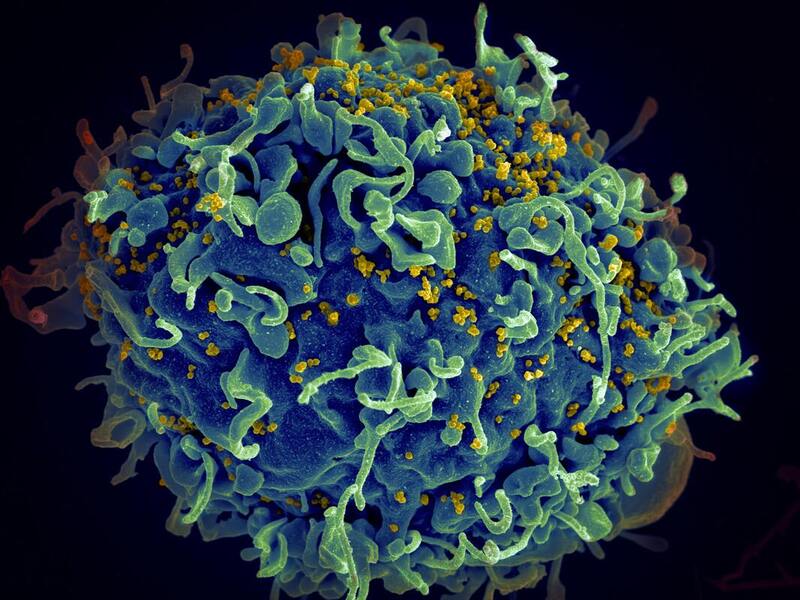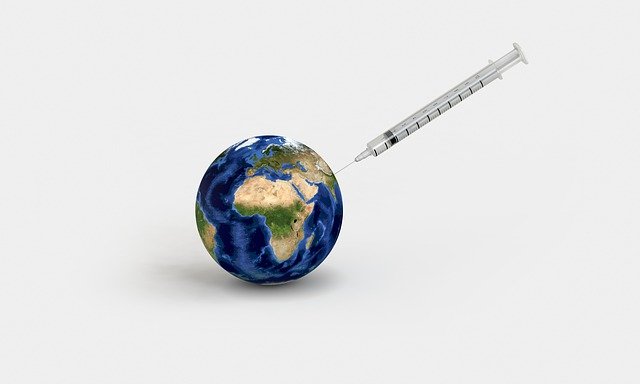Understanding HIV/AIDS and Preventative Treatment Options
With an estimated 37.7 million people diagnosed with HIV/AIDS globally, studying HIV and developing better treatment options remains a prominent research goal for scientists worldwide. Although they are often mentioned together, human immunodeficiency virus (HIV) and acquired immune deficiency syndrome (AIDS) are distinct from one another. HIV is a virus that works by attacking the immune system, the network of cells and organs responsible for protecting the human body from infection. If HIV does severe enough damage to an individual’s immune system, AIDS is the resulting disease.
HIV is transmitted through the interaction of bodily fluids, including blood, semen, and breast milk. Once inside the body, the virus targets a special type of white blood cell called CD4 cells. Maneuvering its way inside the CD4 cell, the HIV life cycle involves taking over the cell’s machinery to make copies of itself and destroying the CD4 cell before finding another cell to infect. Losing too many of these CD4 cells makes the body weaker and more susceptible to other severe infections.
HIV can also exist in the body in a latent reservoir. Though latent cells do not actively produce more copies of the virus, they may suddenly start producing more at any point after infection. Targeting HIV hiding in latent cells is so difficult that HIV is often considered to be incurable because once infected, the virus can hide in an individual’s body for the rest of their life.
There are several stages of HIV infection. The final and most severe stage is referred to as AIDS. When an individual with HIV’s CD4 cell count drops to a low enough amount, they are diagnosed with AIDS. At this stage, the individual has a very weak immune system as well as a heightened risk for developing other serious illnesses, such as certain neurological disorders or cancer. It is important to note, however, that not all instances of HIV develop into AIDS. In 2014, only around 23% of people diagnosed with HIV were also diagnosed with AIDS. Even if left untreated, it often takes ten or more years for the viral infection to progress to AIDS.
HIV is transmitted through the interaction of bodily fluids, including blood, semen, and breast milk. Once inside the body, the virus targets a special type of white blood cell called CD4 cells. Maneuvering its way inside the CD4 cell, the HIV life cycle involves taking over the cell’s machinery to make copies of itself and destroying the CD4 cell before finding another cell to infect. Losing too many of these CD4 cells makes the body weaker and more susceptible to other severe infections.
HIV can also exist in the body in a latent reservoir. Though latent cells do not actively produce more copies of the virus, they may suddenly start producing more at any point after infection. Targeting HIV hiding in latent cells is so difficult that HIV is often considered to be incurable because once infected, the virus can hide in an individual’s body for the rest of their life.
There are several stages of HIV infection. The final and most severe stage is referred to as AIDS. When an individual with HIV’s CD4 cell count drops to a low enough amount, they are diagnosed with AIDS. At this stage, the individual has a very weak immune system as well as a heightened risk for developing other serious illnesses, such as certain neurological disorders or cancer. It is important to note, however, that not all instances of HIV develop into AIDS. In 2014, only around 23% of people diagnosed with HIV were also diagnosed with AIDS. Even if left untreated, it often takes ten or more years for the viral infection to progress to AIDS.
Image Source: Polina Tankilevitch
Historically, for high-risk individuals, there have been very few effective ways to prevent HIV prior to exposure. Currently, the leading preventative treatment for HIV requires strictly following a daily regimen of pills. While the treatment is effective when used correctly, it has not historically been equally accessible to all racial and ethnic groups.
In December 2021, however, the United States Food and Drug Administration (FDA) approved the use of a new preventative HIV treatment called Apretude. The treatment requires the individual to get an injection every two months, eliminating some of the difficulties that come with the consistent schedule and prescriptions required for pill treatments. In trials with both cisgender and transgender men and women, high-risk individuals who received injections of Apretude were found to have significantly lower risks of contracting HIV compared to those taking a daily preventative pill.
While the preventative injection is a new development that requires further testing, the FDA’s approval of its use may offer a more accessible alternative for HIV prevention among vulnerable groups. Even with the promise of a new preventative treatment for HIV/AIDS, practicing safe sex and using sterile injection equipment remain important measures for reducing the risk of being infected by the virus.
In December 2021, however, the United States Food and Drug Administration (FDA) approved the use of a new preventative HIV treatment called Apretude. The treatment requires the individual to get an injection every two months, eliminating some of the difficulties that come with the consistent schedule and prescriptions required for pill treatments. In trials with both cisgender and transgender men and women, high-risk individuals who received injections of Apretude were found to have significantly lower risks of contracting HIV compared to those taking a daily preventative pill.
While the preventative injection is a new development that requires further testing, the FDA’s approval of its use may offer a more accessible alternative for HIV prevention among vulnerable groups. Even with the promise of a new preventative treatment for HIV/AIDS, practicing safe sex and using sterile injection equipment remain important measures for reducing the risk of being infected by the virus.
Featured Image Source: National Cancer Institute
RELATED ARTICLES
|
Vertical Divider
|
Vertical Divider
|
Vertical Divider
|






